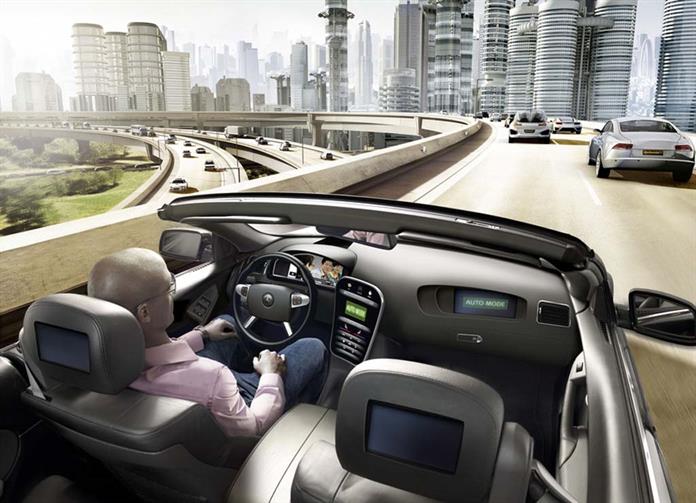
In recent years, the concept of autonomous vehicles has captured the imagination of consumers. It is widely considered the next ‘must have’ accessory for what is probably the most expensive consumer purchase many people will make beyond their house.
For those who watched television during the 60s and 70s, the term conjures images of the Jetsons and is reminiscent of that great disappointment of 21st century technology: the fact we still don’t have our own flying cars. Those of us who fear surrendering the responsibility of tasks involving life and death decisions are probably over cautious.
After all, we have been relying on fully autonomous technology for some time in driverless trains, and to an increasing degree within our existing vehicles. When ABS was first rolled out in consumer cars there was concern raised about trusting a computer with an emergency procedure.
But is this brave new technology the obvious next step in the progression of luxury and convenience for the ultimate consumer object of self-identity, or the final disruption of the car industry by the cashed-up technology power houses?
The concept of the car
Automotive manufacturers have been under siege since the 1970s from rising oil prices, environmental concerns and an unprecedented level of industry consolidation. Many have bravely adopted newer technologies to replace the internal combustion engine, with the development of hybrid and electric vehicles from many of the big players.
However from one point of view at least, the concept of the car is still based on a century-old ecosystem. In principal, the automobile today is just a vastly more luxurious, efficient and entertaining version of what we all grew up with.
It may take new players from a totally different industry to bring a unique approach to the automobile. Rather than starting with an evolved concept of a personal car and adding a greater level of automation from braking, climate control, engine management, auto-parking, seat customisation and all the latest accessories often forming part of an extras package, new players can start with a totally new paradigm.
The autonomous vehicle
The autonomous vehicle creates more than just a new industry but a new ecosystem as well.
Suddenly short-term parking can be addressed by having your car “do laps” of the airport while you pick up a relative, freeing up land used by parking lots. New tech-savvy players like Google and Tesla will be quick to realise the potential of the crowd-sourced data collection capabilities of these new products. Many people spend almost as much or more time behind a dashboard than in front of a computer. The potential to occupy and amuse a driver who no longer needs to be aware of their surroundings could spawn its own economy.
Asset sharing
As has been proposed by one leading industry analyst, autonomy may be associated with asset sharing. But the idea of the car being the ultimate expression of individuality is at odds with the concept of being a passenger in your own car.
This suggests an inevitable fork in the adoption of autonomous vehicles between asset sharing and personal ownership. More than ever before, ride-sharing services and disruptive business models like Uber have continued to gain ground on the traditional car ownership model.
In this space, the autonomous vehicle makes a lot of sense.
Cars can pick you up, drop you off and then proceed to the next client, much like a taxi service at a fraction of the cost. In the dense packed mega city, this makes perfect sense. It could develop secondary industries based on fleet management, Uber-like services and the goldmine that is a captive consumer with 20 to 60 mins to spare on their way to work.
The evolution of the personal vehicle
However, for some time to come it seems the traditional concept of a personal vehicle will continue to evolve, taking on more tasks from the driver or even with the option of autonomous control over controlled sketches of highway.
This evolution may continue even as fully autonomous models from new players emerge to service the congestion of mega cities and higher density areas. The question of driver fatigue may actually become more of an issue during this evolution where driver control is still an option.
Today a driver will be prepared for the demands of a drive as soon as they literally take the driver’s seat. The promise of semi-autonomy means you may be woken from a sleep to assume control for a section of the road not approved for autonomy, or the driver may wish to take over for other reasons.
The sudden shift from relinquishing to assuming control may be a dangerous one, particularly if the driver is still becoming aware of their surroundings.
As part of the personal vehicle at least, the built-in fatigue system will continue to be an important add-on feature that will only grow in importance for semi-autonomous personal vehicles.
And as traditional auto makers have been increasing the high value software contents of their products over the last few years, it seems only a matter of time before this premium feature is standard fare.


